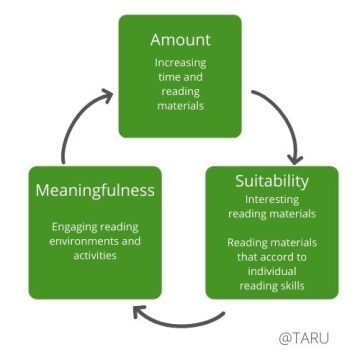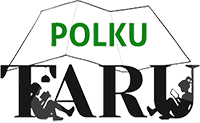Stories Make Readers (StoRe) for educators
StoRe-methods (Kauppinen & Aerila, 2020a, 2020b) emphasize child-centeredness and the learner’s active agency. StoRe is balanced between informal and formal learning and is aimed at the learner’s voluntary engagement, creative activities, and the achievement of learning goals. Regarding StoRe’s approaches to literature education, the methods follow the three-part ASM-model: amount-suitability-meaningfulness (Aerila & Kauppinen, 2019). This model is based first and foremost, on increasing the amount of reading books as well as literature-based action. The suitability of literature means that its selection must be broad enough for each child to find something relevant to himself or herself and suitable in terms of difficulty level and content. According to StoRe, literature is always provided for some purpose, not just because fictional texts are part of the curriculum. Especially with multilingual groups, the literature’s suitability should be carefully assessed.
The ASM model motivates children to read and actively create connections between fiction and their lives. Meaningfulness means that literature education, through the use of learning environments and arts-based, creative exercises, provides a finale for the individual interpretation of stories. These interpretations are meant to be shared, so the exercises have included community-and arts-based activities that children find meaningful. For example, a painting that was produced based on a reading experience articulates the child’s interpretation of a text and might lead to deep conversations about life and emotions. Arts-based reflections of literature that are based on genuine dialogue are at the heart of meaningful reading engagement as well as growing socially and emotionally.


